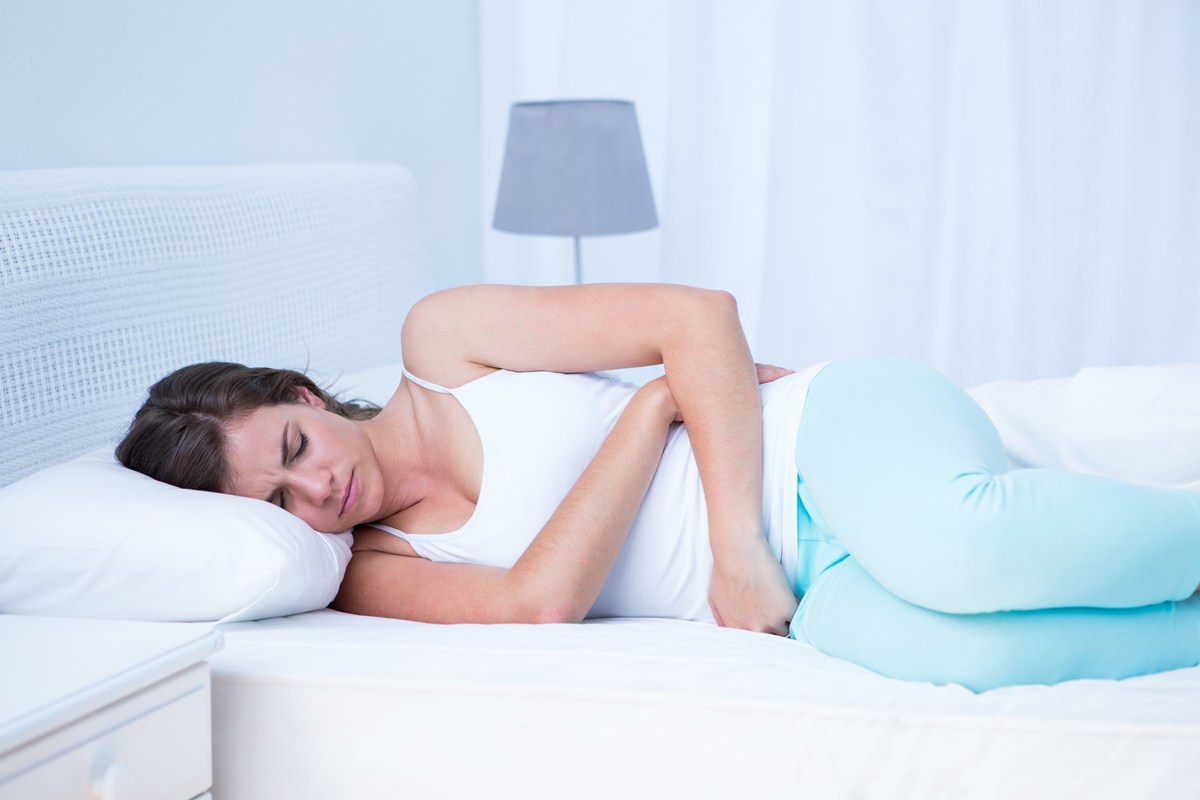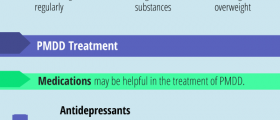There are a number of symptoms that can show up in the body before menstruation, which may be physical, psychological, or psychosomatic in nature. This group of symptoms taken together is referred to as the premenstrual syndrome (PMS). Scientific evidence is conflicting about the prevalence of PMS among women and ranged from 5%-95%.
One of the more uncommon symptoms among PMS is that of cyclical conjunctivitis, also called, menstrual red eye. The incidence of the menstrual red eye is difficult to estimate because it is likely to be missed for what it is by a large percentage of the practitioners.

Symptoms of premenstrual syndrome
While women of any age may be affected by the occurrence of PMS, the most common age for these symptoms to be seen is between 30-45. Women may complain of pain in their muscles, a feeling of tiredness, lethargy, sleeping more than usual, headaches, and feeling bloated.
Other behavioral symptoms such as frequent mood swings, change in appetite, feeling depressed, or just irritable are also quite common. In some women, these symptoms can be so severe that they actually disrupt their ability function normally.
There are plenty of theories behind the reason of PMS occurrence but the most accepted one at the moment seems to suggest that the varying levels of the ovarian hormones affect the central neurotransmitters like serotonin eventually causing the wide gamut of symptoms that have been described.
Menstrual Red Eye
Cyclical conjunctivitis or menstrual red eye is a rare physiologic symptom. The reason behind this occurrence is believed to be a swelling and inflammation of the ocular surface due to the change in levels of oestrogen.
The ocular surface of the eye has been found to be very sensitive to oestrogen. Even the lacrimal and the meibomian glands that keep the eyes moist are affected by the changes in sex hormones. This is why the most common complaint of women suffering from the menstrual red eye is that of dryness alongside conjunctivitis.
Another feature of the menstrual red eye is that the symptoms resolve themselves spontaneously as the period of menses gets over only to recur before the next period.
The severity of the symptoms will vary from person to person, which is partly because the symptoms are subjective and also because there exists a natural variation in hormone levels from person to person.
Research also shows that the phase of the menstrual cycle where the oestrogen levels are the maximum is also the time when the complaint of dryness of the eye seems to be the most. A possible worsening of the symptoms due to the presence of chronic inflammation of the ye cannot be ruled out either.
Treatment of Menstrual Red Eye
The treatment is only symptomatic since the condition is by definition cyclic in nature and will resolve by itself. Doctors are just likely to prescribe a lubricant eye drop or maybe an antihistamine eye drop if a mild allergy is suspected.
In some cases, if the conjunctivitis is suspected to be infectious in origin then an antibiotic eye drop may also be added.
- www.ncbi.nlm.nih.gov/pmc/articles/PMC1952822/?page=1
- Photo courtesy of SteadyHealth














